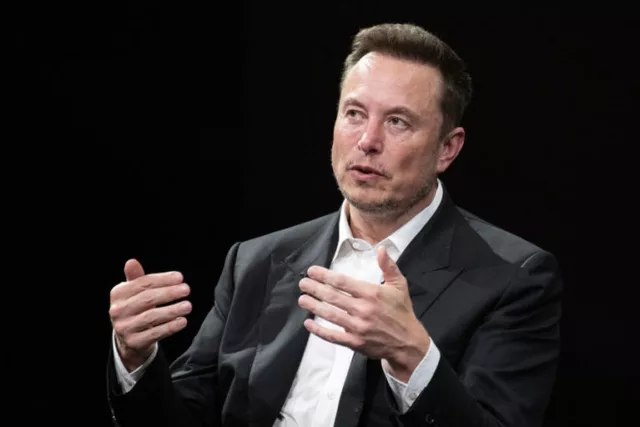
Tesla (TSLA) is seeing a significant rally after news broke of a temporary 90-day tariff pause between the U.S. and China. This comes as Tesla has been struggling with declining deliveries in China, which is the company’s largest international market and a manufacturing hub for the automaker.
Tesla investors are now optimistic after the tariff pause announcement, which has sent shares up by over 6% in Monday trading. The deal should give Tesla more breathing room as China and the U.S. work on a more comprehensive trade deal.
More Top Stocks Daily: Go behind Wall Street’s hottest headlines with Barchart’s Active Investor newsletter.
Deliveries in China Fall
The tariffs pause will help Tesla, but it is unlikely to reverse the concerning trends underway.
The latest figures from the China Passenger Car Association (CPCA) paint a worrisome picture for Tesla investors. Tesla sold 58,459 vehicles last month, which is down almost 6% year-over-year and 25.84% from March.
Plus, retail sales in China – cars made in China for sale in the country – to 28,731 vehicles in April 2025. This implies an 8.56% decline year-over-year and a 61.24% decline from March sales.
Other Chinese EV makers have been capturing the market share lost. It now has just 3.2% of China’s new energy vehicle (NEV) market, down sharply from 7.5% in March and 4.6% a year earlier. BYD (BYDDY) maintained its dominant position with 268,778 NEVs sold in the retail market in April and 29.7% market share.
Is the Delivery Slump Temporary?
Some bulls argue that Tesla’s sales pattern is lumpy due to its practice of front-loading exports early in the quarter and focusing on domestic deliveries later. I don’t think this is the case since Tesla’s current China lineup is aging with no new releases to reignite demand.
Chinese consumers are also looking at Tesla as a less innovative company than its rivals. For instance, BYD, which has the leading market share, recently released new fast-charging tech that can fully power a battery in as little as 5 minutes. Plus, the fact that Tesla is not a Chinese-owned brand is something that many experts warn could hurt sales volumes if Chinese consumers respond to U.S. trade tension by prioritizing domestic brands.
An easing of tariffs should improve Tesla’s performance in China, but local competition is not going to go away. Tesla was already losing market share before new tariffs went into effect.
Should You Buy, Sell, or Hold TSLA Stock?
Tesla has joined the rest of the market in a rally and has hit a $1 trillion valuation again. Despite dismal Q1 earnings, many investors here are still bullish due to Robotaxi and Optimus robot promises.
But until fundamentals catch up, TSLA stock is unlikely to keep defying gravity. If broader market optimism continues, the stock will go up, but there are better places to put your money for such gains. There’s a massive downside risk if Tesla keeps underperforming. It’s hard to justify paying 156 times adjusted forward earnings and almost 9.8 times sales for a company that has declining revenue and has taken on so much brand damage.
Until Musk’s promises materialize, I’d keep my “Sell” rating here. You will get better upside potential with much less downside risk in any other Magnificent 7 stock.
On the date of publication, Omor Ibne Ehsan did not have (either directly or indirectly) positions in any of the securities mentioned in this article. All information and data in this article is solely for informational purposes. For more information please view the Barchart Disclosure Policy here.
More news from Barchart
・Should You Buy, Sell, or Hold Shopify Stock on Nasdaq-100 Inclusion?
・Should You Buy, Sell, or Hold Tesla Stock as Its China Deliveries Fall?
・2 ‘Strong Buy’ Biotech Growth Stocks With Over 200% Upside Potential
・Is Amazon Stock a Buy on US-China Tariff Pause?









